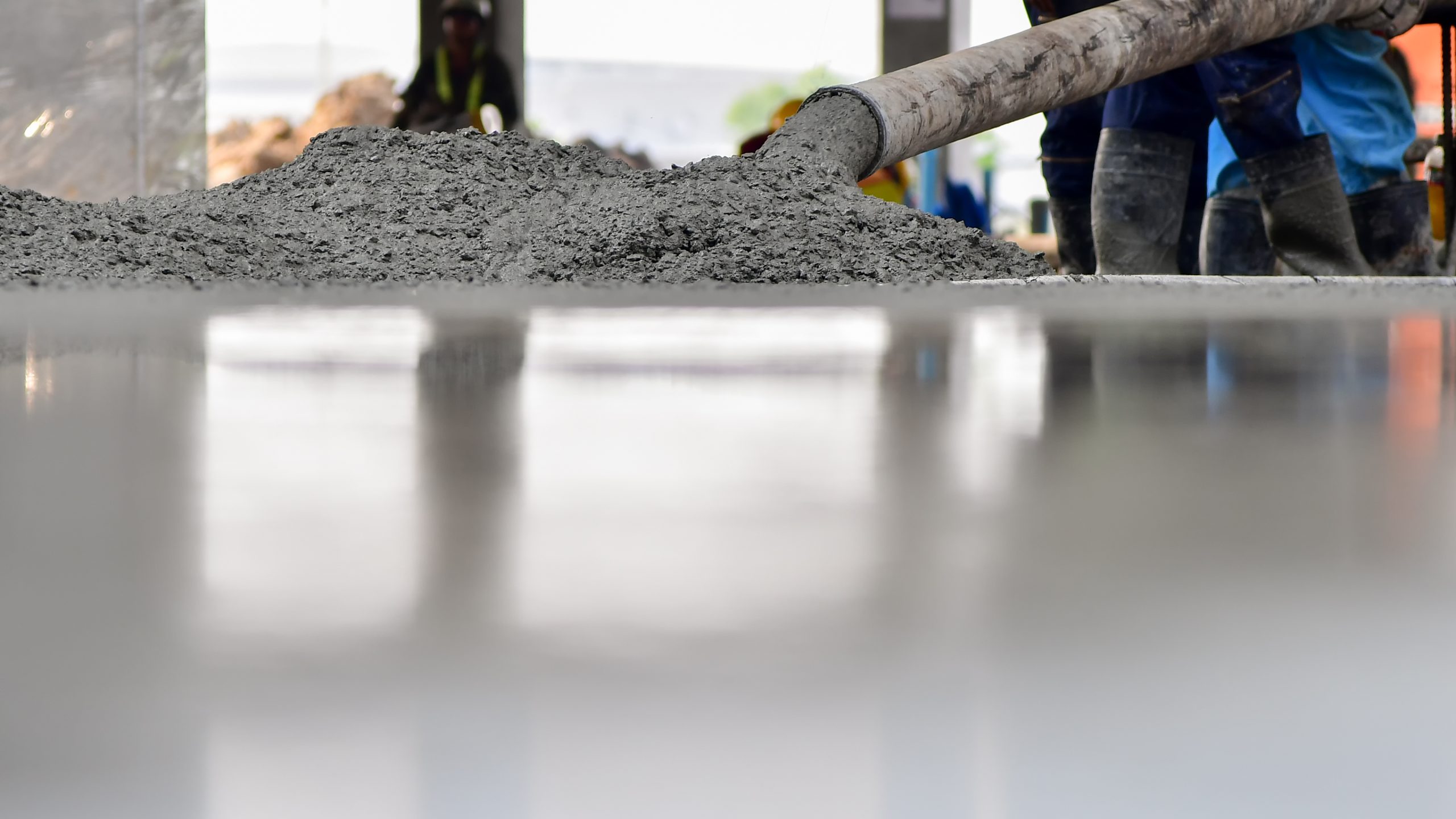

Enhancing Concrete Performance with Synthetic Fibers: A Modern Engineering Solution
Concrete is a composite material composed of water, cement, aggregates, and admixtures. It remains one of the most widely used construction materials due to its versatility, strength, and availability. From residential buildings and roadways to tunnels, bridges, dams, and water structures, concrete plays a critical role in modern infrastructure. However, despite its widespread use, concrete is not a flawless material and exhibits several mechanical limitations.
The Limitations of Conventional Concrete
Concrete performs exceptionally well in compression but is inherently weak in tension. This limitation makes it vulnerable to structural failures under tensile stresses induced by environmental loads such as earthquakes, wind, thermal cycling (freeze-thaw), and dynamic or fatigue loading. One of the most prominent drawbacks is its negligible tensile strength, which necessitates the inclusion of steel reinforcement in traditional designs.
- Moreover, issues such as:
- Brittle failure under high loads,
- Poor energy absorption capacity,
- Low ductility
- Surface wear,
- Fatigue cracking,
- Freeze-thaw degradation, and
- Early-age cracking due to shrinkage and settlement
highlight the need for innovative improvements in concrete technology.
Evolution of Fiber Reinforcement in Construction
The idea of reinforcing cementitious materials is not new. Historically, natural fibers such as straw or animal hair were mixed into mud and clay to improve cohesion and tensile strength in primitive construction. These early applications laid the groundwork for the development of modern engineered fiber reinforcements.
Through decades of experimental studies and innovations, these primitive methods have evolved into scientifically designed fiber reinforcement systems. Today, synthetic polymer fibers—commonly known as fibers—are engineered materials specifically developed to enhance the mechanical performance of concrete.
What is Synthetic Fiber?
Synthetic fibers are man-made filaments primarily produced from polymers such as polypropylene and polyethylene. These fibers are added directly to fresh concrete mixes to act as reinforcement, either as a complement or substitute to traditional steel bars or mesh.
They are broadly classified into two types:
- Macro Fibers: Structural fibers that enhance tensile and flexural strength, impact resistance, and post-crack behavior.
- Micro Fibers: Typically used for controlling plastic shrinkage cracking, settlement cracks, and improving surface durability.
While macro fibers function as a distributed reinforcement system by bridging cracks and resisting tensile forces, micro fibers form a dense filament network in the concrete matrix that effectively mitigates early-age cracking and improves durability.
Key Benefits of Synthetic Fiber Reinforcement
Synthetic macro fibers are composite materials specifically designed for structural applications. The geometry, surface texture, and length of these fibers are optimized according to the TS EN 14889-2: “Fibres for concrete – Part 2: Polymer fibres – Definitions, specifications and conformity” standard.
By incorporating synthetic fibers, concrete structures gain:
- Improved energy absorption and impact resistance
- Enhanced toughness and ductility
- Increased fatigue resistance
- Superior crack control (both plastic and drying shrinkage)
- Resistance to freeze-thaw cycles
- Reduced need for traditional steel reinforcement in many applications
Applications of Synthetic Fiber Reinforced Concrete (SFRC)
Our proprietary macro synthetic fiber products are engineered to meet the mechanical demands of structural concrete elements. Their use in concrete offers efficient, cost-effective, and corrosion-resistant solutions for various applications, including:
- Industrial flooring and ground-supported slabs
- Precast concrete elements
- Shotcrete in tunneling and mining
- Concrete pavements and airport runways
- Coastal and marine structures
- Underground utilities and water tanks
Replacing or supplementing traditional steel reinforcements with macro synthetic fibers enhances construction efficiency, reduces labor costs, and mitigates long-term durability issues such as steel corrosion.
Conclusion: Reinventing Concrete with Smart Reinforcements
As infrastructure demands grow and sustainability becomes a global priority, the construction industry continues to seek advanced materials that combine performance, durability, and cost-efficiency. Synthetic fiber reinforcement represents a transformative solution to the age-old limitations of concrete.
By integrating macro and micro fibers into the mix design, engineers can build smarter, stronger, and more resilient concrete structures—paving the way for the next generation of construction technologies.

